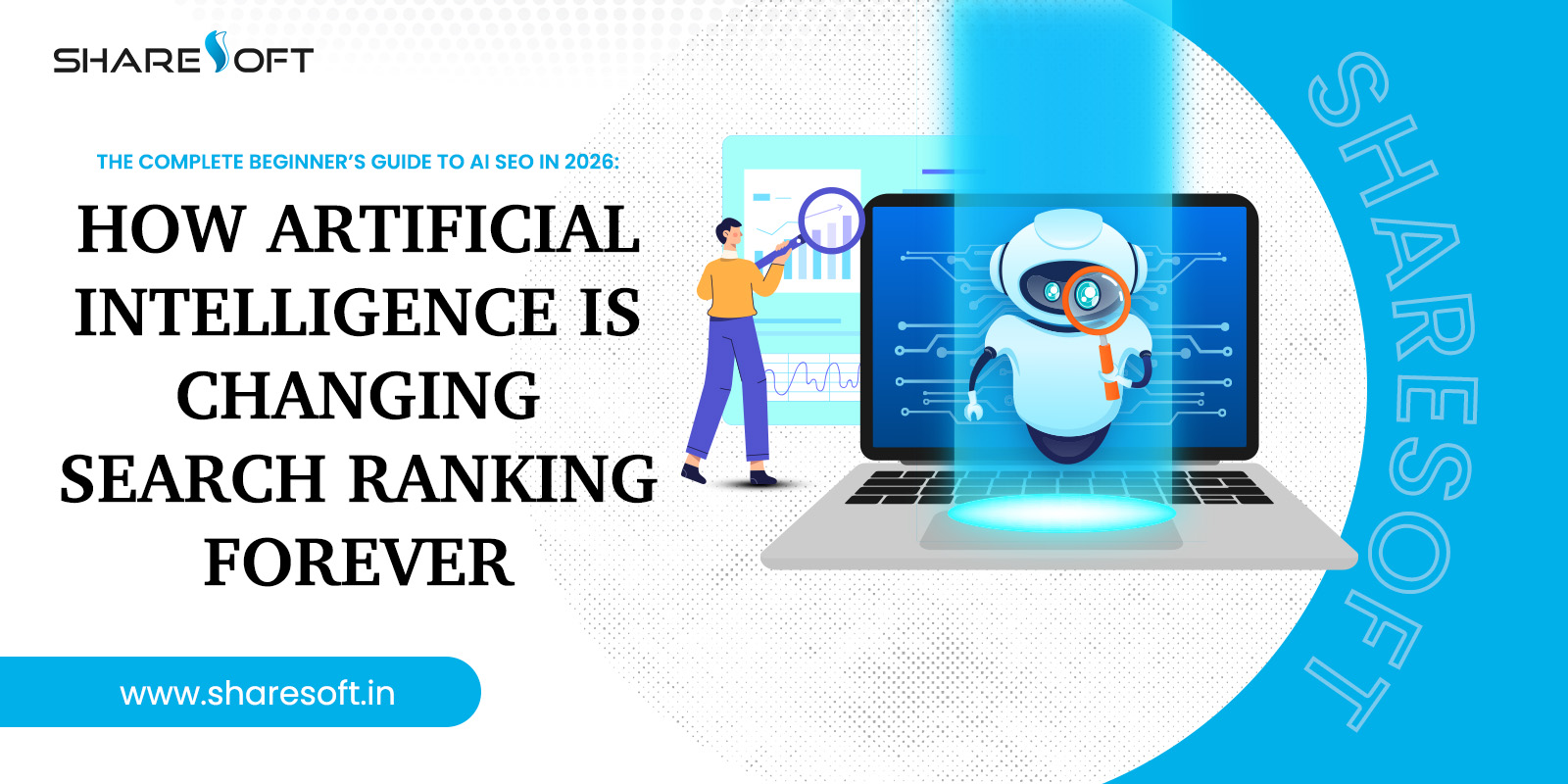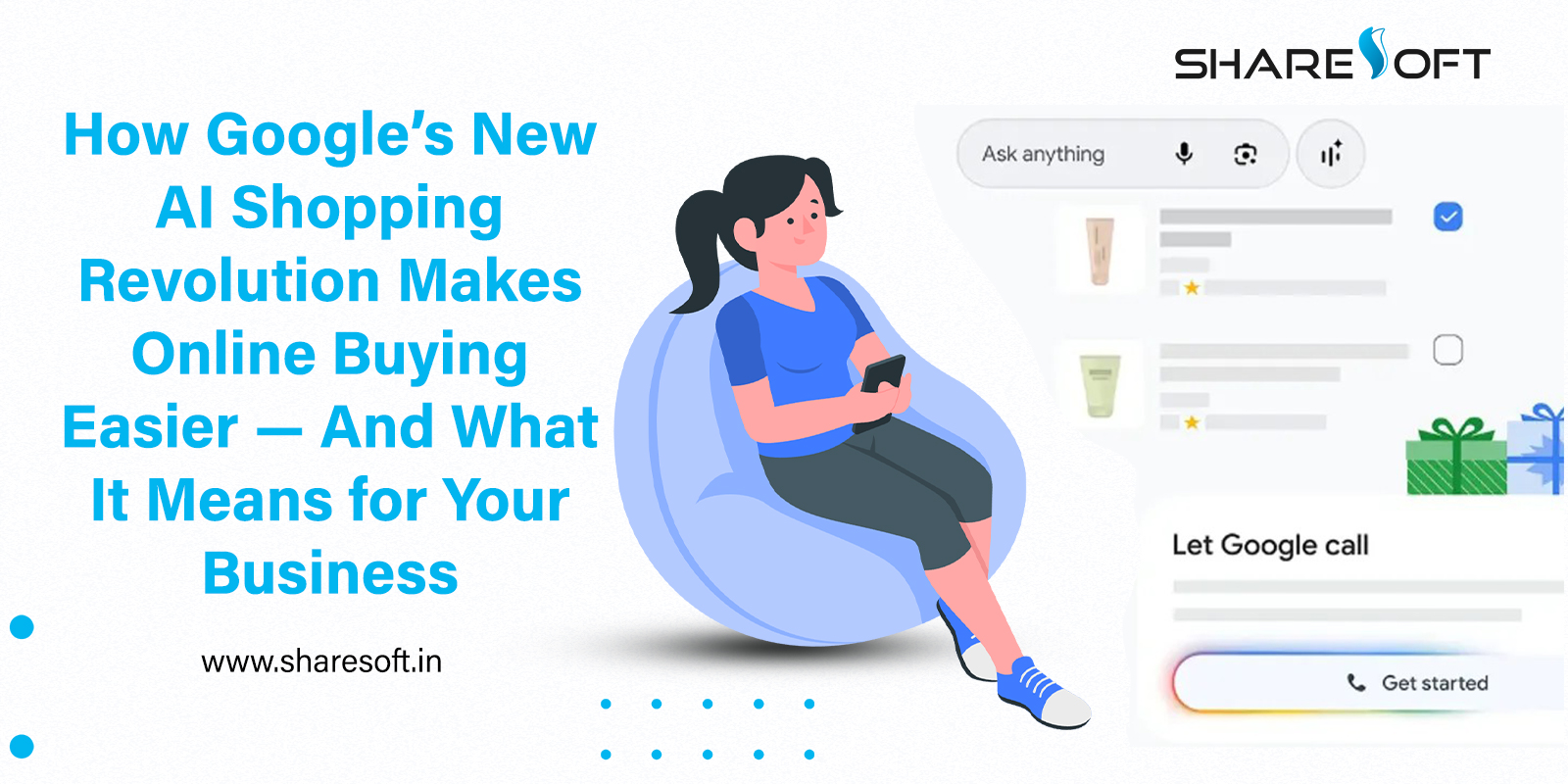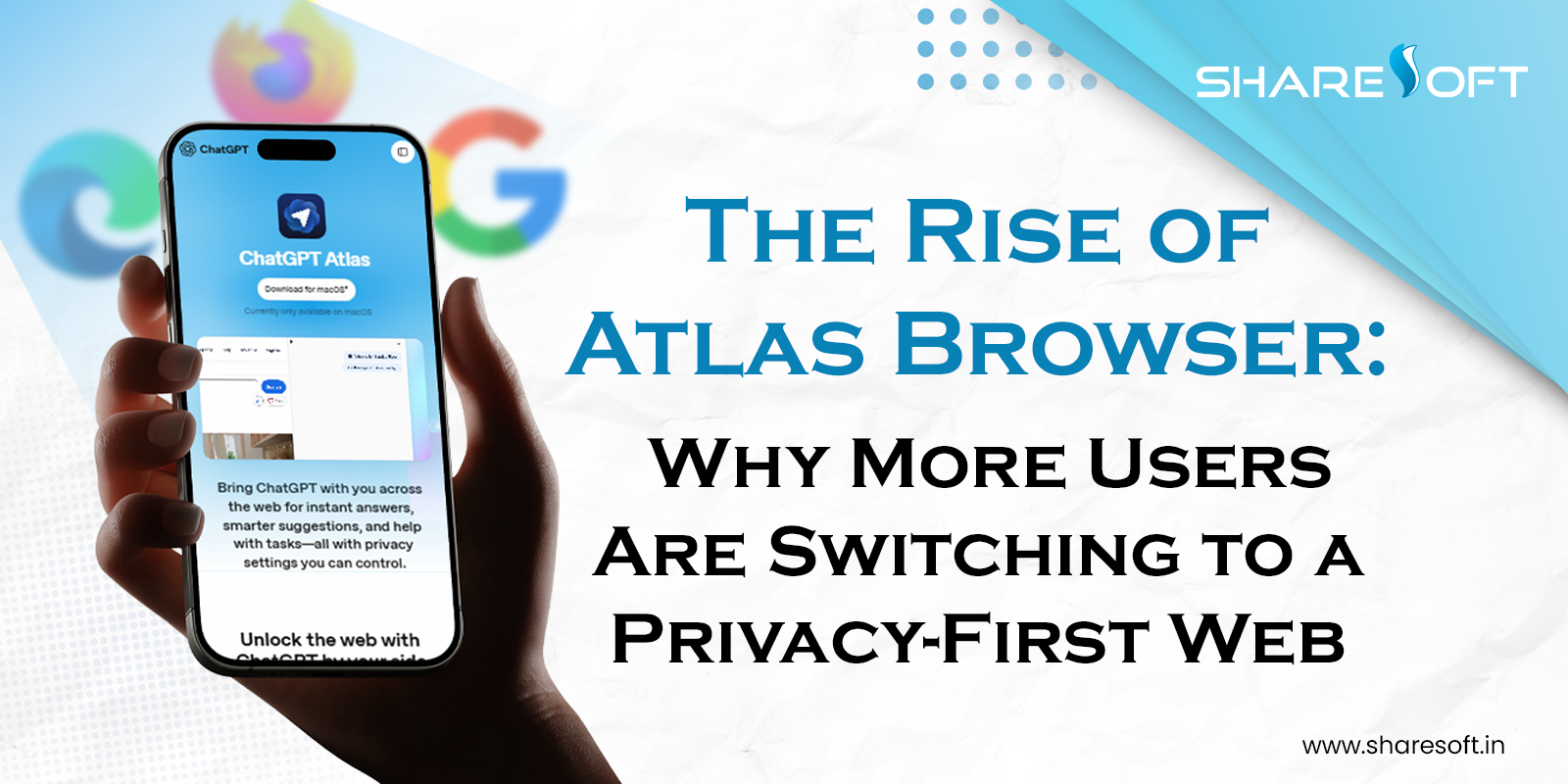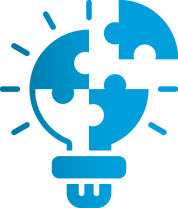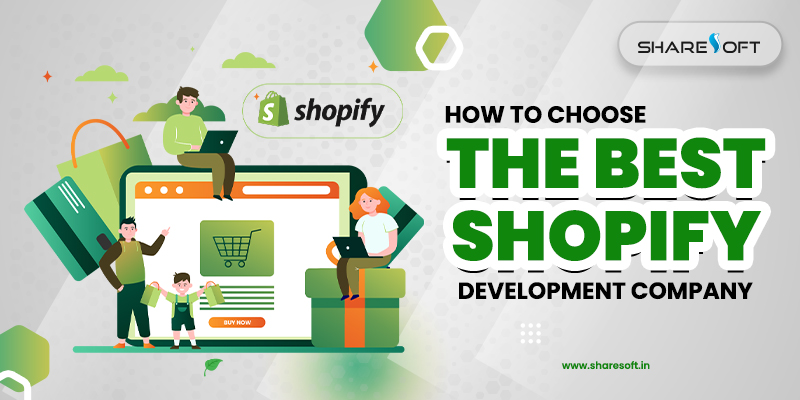
Latest Blog
Introduction
If you’re planning to launch a Shopify store, upgrade your existing shop, or migrate from another platform, one of the most crucial decisions you’ll make is who builds it for you. The right Shopify development company can mean the difference between a store that simply works versus a store that converts, scales, and drives business growth.
In this guide, we’ll walk through what to look for when selecting a Shopify development partner, the red flags to avoid, and how to make sure your choice aligns with your brand’s goals. Whether you’re comparing Shopify vs WooCommerce, evaluating costs, or wanting a high-performance design, these insights will help ensure you choose wisely.
What Defines a High-Quality Shopify Development Company
Before diving into specific steps, it’s important to understand what attributes separate the top-tier companies from average ones. Here are some core qualities:
-
Technical Expertise & Shopify-Specific Knowledge
Familiarity with Shopify’s ecosystem—Liquid template language, theme architecture, app integrations, performance best practices—is essential. -
Design & UX Excellence
Strong design sense, usability, mobile responsiveness, user interface flows—all vital for customer experience and conversions. -
Transparency & Communication
Clear communication about timeline, costs, deliverables; a company that listens and asks good questions. -
Scalability & Future Ready
Anticipating growth (more products, traffic, sales channels) so the store won’t need frequent overhauls. -
Support & Maintenance
Post-launch care, updates, bug fixes, performance optimization, and ability to adapt as new Shopify features and web standards evolve.
Key Steps to Choose the Best Shopify Development Company
Here’s a structured process to follow. Use it like a checklist.
Step 1: Define Your Project Goals & Requirements
Before you even begin searching, clarify:
-
What features you need: e.g., custom theme, custom apps, complex user flows, third-party integrations (payments, shipping, POS, etc.)
-
Migration needs, if any (from WooCommerce, Magento, etc.)
-
Design style and branding requirements
-
Performance expectations (loading speed, mobile optimization)
-
SEO expectations: metadata, site structure, image optimization, content templates
-
Budget & timeline constraints
A company that understands your goals will be better suited to deliver results.
Step 2: Examine Portfolios & Case Studies
When evaluating potential partners, closely examine their past work:
-
Look for stores similar in functionality and scale to what you need.
-
Test these live stores yourself: check speed (mobile/desktop), user experience, navigation, checkout flow, product page layout.
-
Assess the design aesthetic—is it modern, clean, in line with what you want?
-
Look for customer success metrics if shared: conversion, growth, traffic improvements.
Step 3: Check Technical Skills & Tools
Ensure the company is not only experienced but using up-to-date tools and best practices:
-
Deep familiarity with Liquid, Shopify’s theming engine
-
Competence in front-end languages (HTML, CSS, JavaScript), responsive design, performance optimization
-
Ability to integrate custom apps or third-party services (e.g. CRM, payment, shipping, analytics)
-
Understanding of Shopify Plus (if you’re scaling) or requiring advanced features
-
Strong SEO practices: clean HTML, proper tags/meta, structured data, image optimization
Step 4: Evaluating Communication & Collaboration Style
There will be many touch-points between you and the development company: planning, design, revisions, testing, launch, support. So communication matters a lot.
-
How responsive are they during your first inquiry?
-
Do they ask clarifying questions? Do they offer suggestions rather than blindly agreeing?
-
Is there a shared project management structure or tools (e.g. Slack, Trello, Asana)?
-
What is their process for change requests, revisions, and feedback?
Step 5: Support, Maintenance & Post-Launch Services
A store isn’t done once it’s live. Bugs appear, things change, new Shopify features roll out, design trends evolve, SEO needs updating.
-
Ask: Do they offer ongoing support and maintenance? What is included?
-
What are their service levels and response times?
-
Do they offer performance monitoring, backups, updates, or content/feature additions later?
Step 6: Budget & Value for Money
Cost is always a concern, but cheaper is not always better. Prioritize value:
-
Request detailed proposals: what is included in the price, what’s optional, what may incur extra cost.
-
Compare fixed-price vs hourly models.
-
Understand what trade-offs might occur (speed of delivery, customization level, polish) at lower costs.
-
Don’t forget ongoing costs: support, future updates, license or app fees, maintenance.
Step 7: Ask the Right Questions During Evaluation
When you shortlist a few companies, ask them explicitly:
-
Can I see live examples of stores you’ve built in my industry?
-
How do you ensure site performance, speed, mobile responsiveness?
-
What SEO best practices do you follow? What steps will you take to ensure SEO migration / minimal SEO drop?
-
What is your testing and quality assurance process?
-
How will you handle scalability or additional features in future?
-
What is your timeline from start to launch?
-
What metrics do you deliver (e.g. conversion rate, load times)?
Red Flags to Watch Out For
To avoid disappointment, watch for:
-
Vague portfolios or no live examples
-
Poor response times or unwillingness to answer technical questions
-
Overly low prices (often leads to shortcuts, compromised quality)
-
Lack of clarity on support/maintenance after launch
-
No focus on mobile performance or speed
Why Choose Sharesoft for Shopify Development
Because choosing a Shopify company isn’t just about function—it’s about partnership. Here’s where Sharesoft stands out:
-
Deep experience building Shopify stores tailored for performance, design, and conversions
-
Full transparency in pricing, process, and deliverables
-
Strong communication and collaboration, making you part of the process
-
Post-launch support to keep your store current, fast, and secure
-
Dedicated to helping your business grow—not just building a website
Conclusion
Choosing the best Shopify development company starts with defining your needs, doing thorough research, evaluating technical skills, and engaging in clear communication. Don’t settle for good enough; your eCommerce store is often your most visible brand asset.
If you’re ready to work with a trusted partner that understands your goals and delivers on them, consider our Shopify development services. Let’s build something that sells, scales, and stands out.
FAQ
Q1: How much does it usually cost to hire a Shopify development company?
It depends on project complexity, custom features, design, integrations, and scale. Small storefronts may cost less, while stores with custom apps, migrations, and complex themes will cost more.
Q2: How long does development take?
Depends on scope—simple stores can be ready in 3-4 weeks; complex, custom stores may take 6-10 weeks or more.
Q3: Can I switch companies mid-project if things aren’t going well?
Yes, but it’s tricky. Make sure deliverables and code ownership are clearly articulated in the contract from the start.
Q4: Is it better to hire a freelancer or agency?
Both options have pros & cons. Agencies may offer more resources, support and reliability; freelancers may be cheaper and more flexible—but ensure they have a strong track record.




